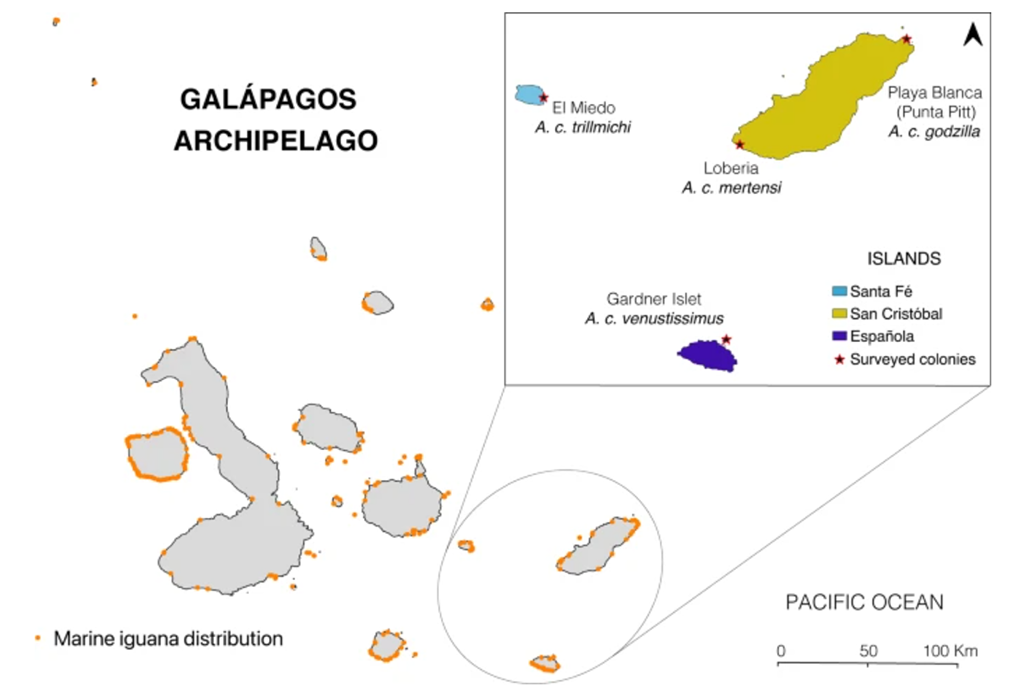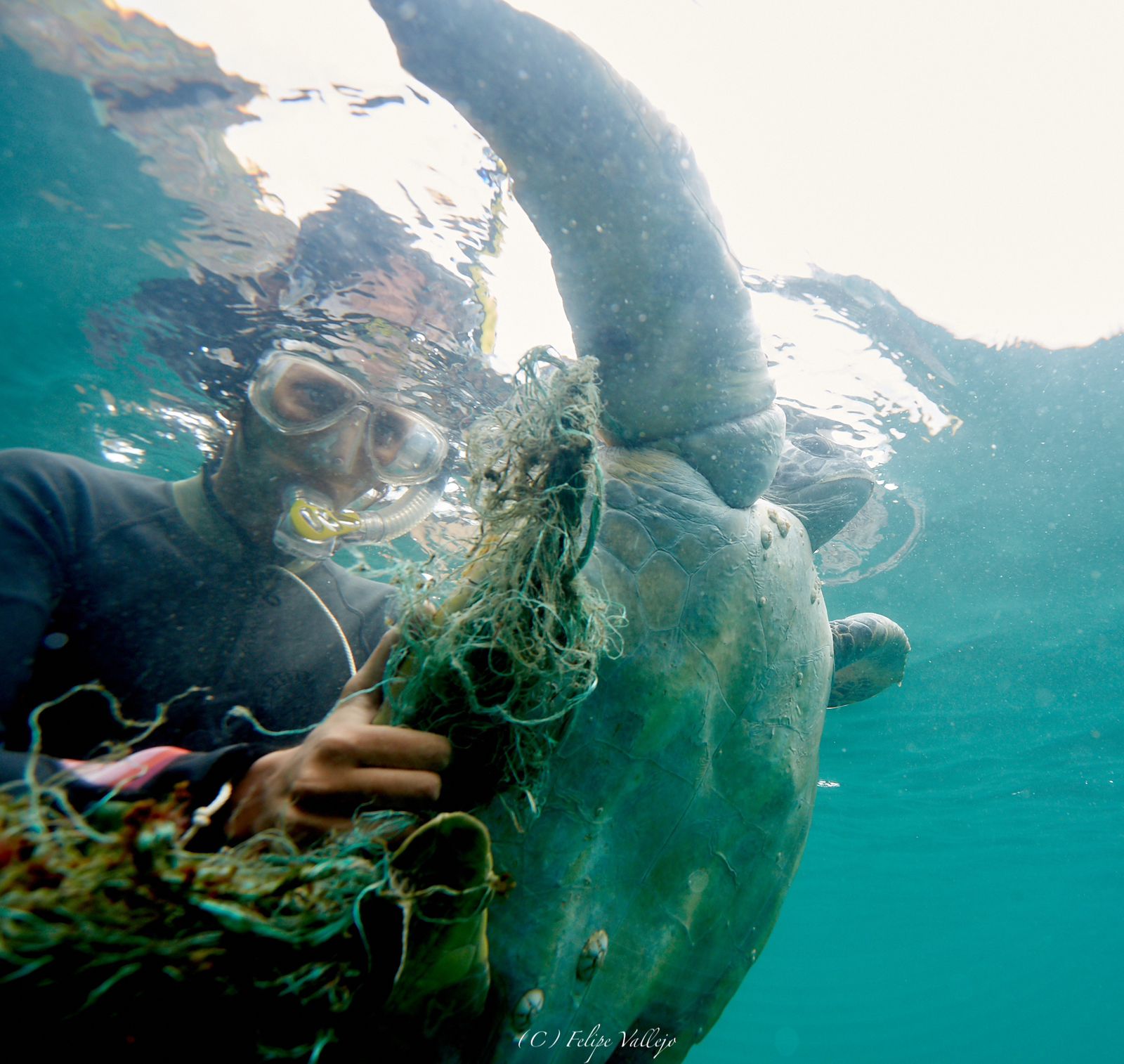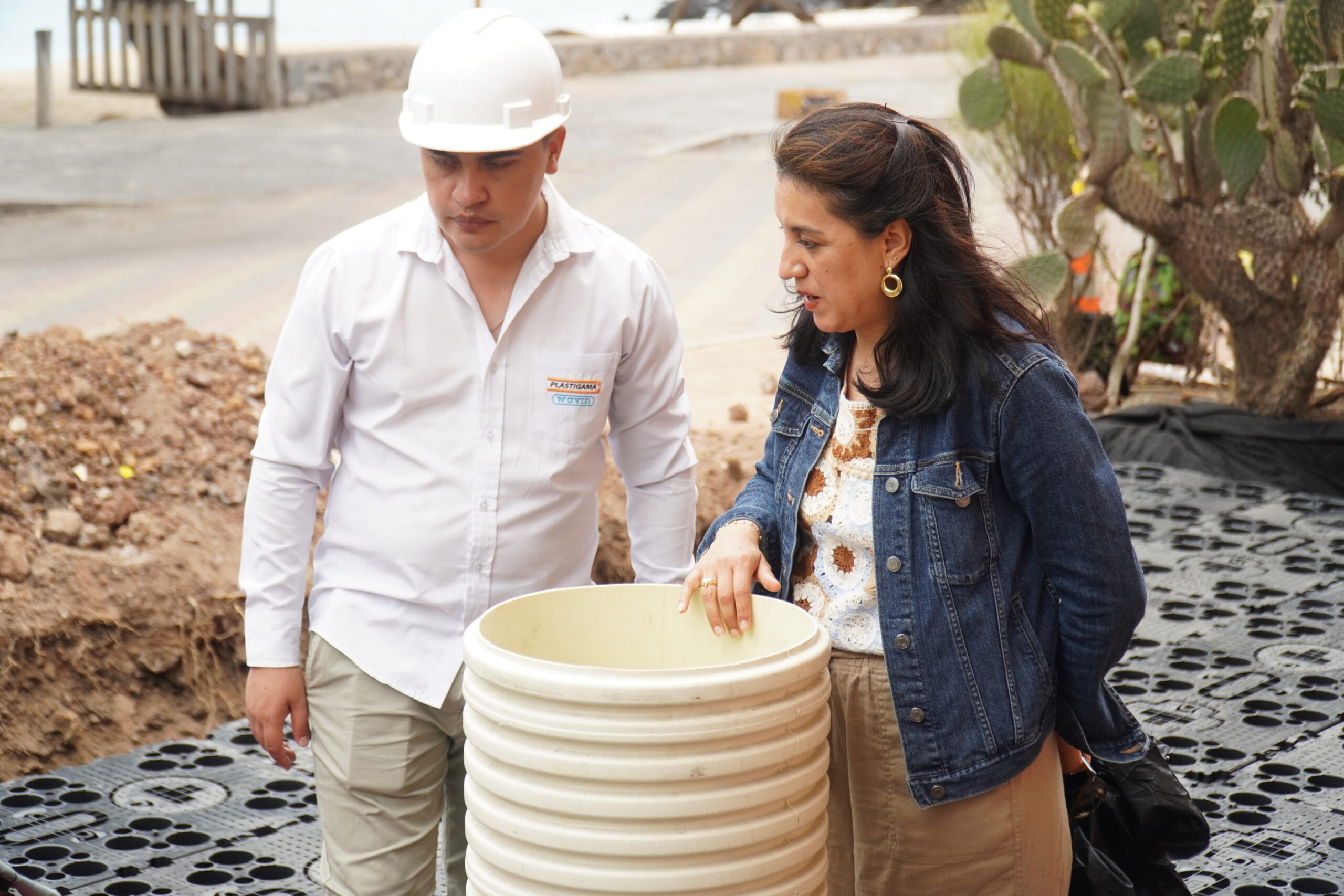Resumen
Antecedentes
El monitoreo de especies a gran escala sigue siendo un desafío significativo para la conservación. Dada la crisis de biodiversidad en curso, la necesidad de métodos confiables y eficientes nunca ha sido mayor. Las técnicas basadas en drones tienen mucho que ofrecer en este sentido: permiten el acceso a áreas que de otra manera serían inaccesibles y permiten la recolección rápida de datos de campo no invasivos. Aquí, describimos el desarrollo de un método basado en drones para la estimación del tamaño de población en la iguana marina de Galápagos, Amblyrhynchus cristatus. Como un lagarto de gran tamaño que ocurre en terrenos costeros abiertos, esta especie endémica es un candidato ideal para estudios con drones. Casi todas las subespecies de Amblyrhynchus están en peligro de extinción o en peligro crítico según la UICN, pero dado que varias colonias son inaccesibles a pie, los métodos terrestres no pueden abordar la necesidad crítica de mejores datos de censo. Para establecer un enfoque basado en drones para estimar el tamaño de población de las iguanas marinas, en enero de 2021 encuestamos cuatro colonias en tres islas focales (San Cristóbal, Santa Fe y Española) utilizando tres técnicas: recuentos simples (el método estándar utilizado actualmente por los administradores de conservación), captura-marca-recaptura (CMR) y recuentos basados en drones. Las encuestas se realizaron dentro de una ventana de 4 días en condiciones ambientales similares. Luego comparamos los enfoques en términos de viabilidad, resultado y esfuerzo.
Aprende más sobre el estudio aquí.





